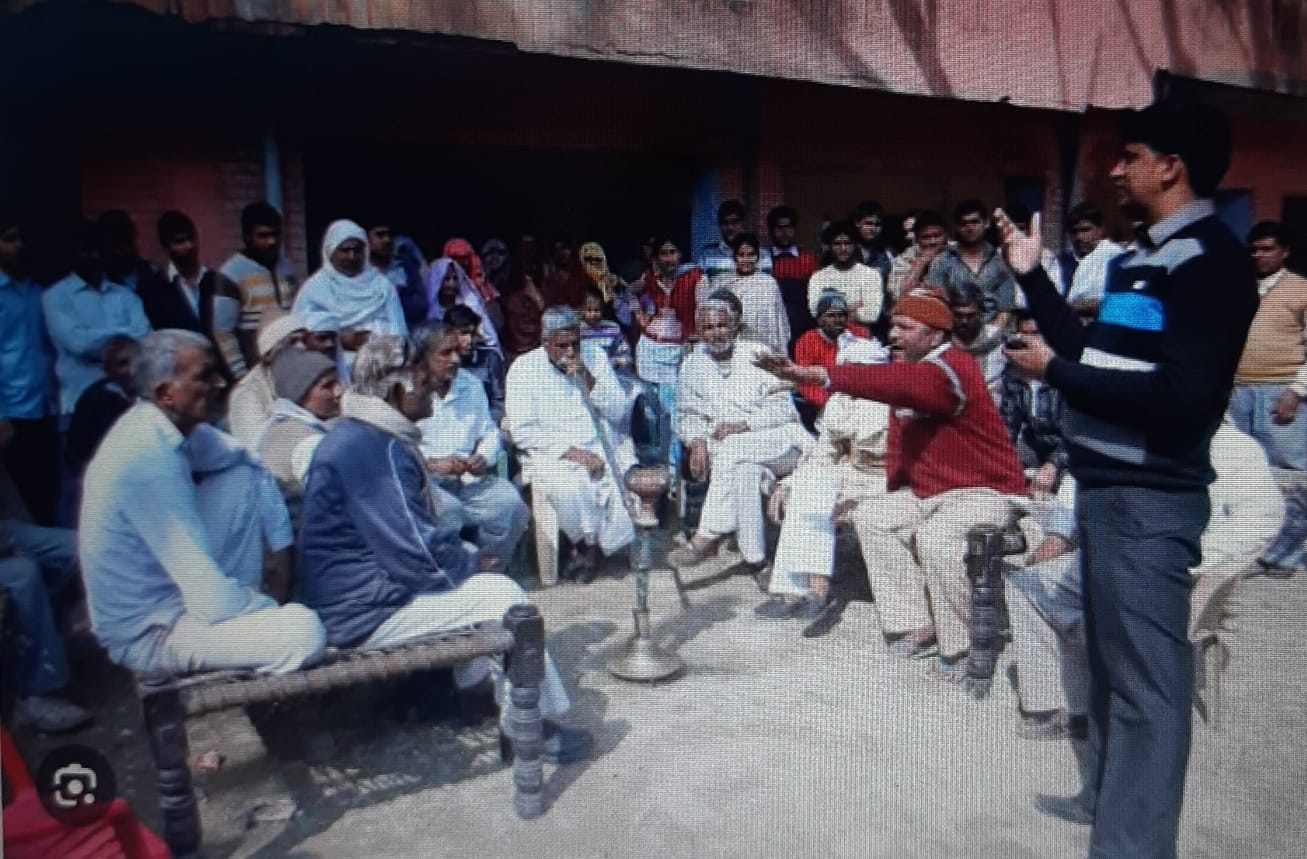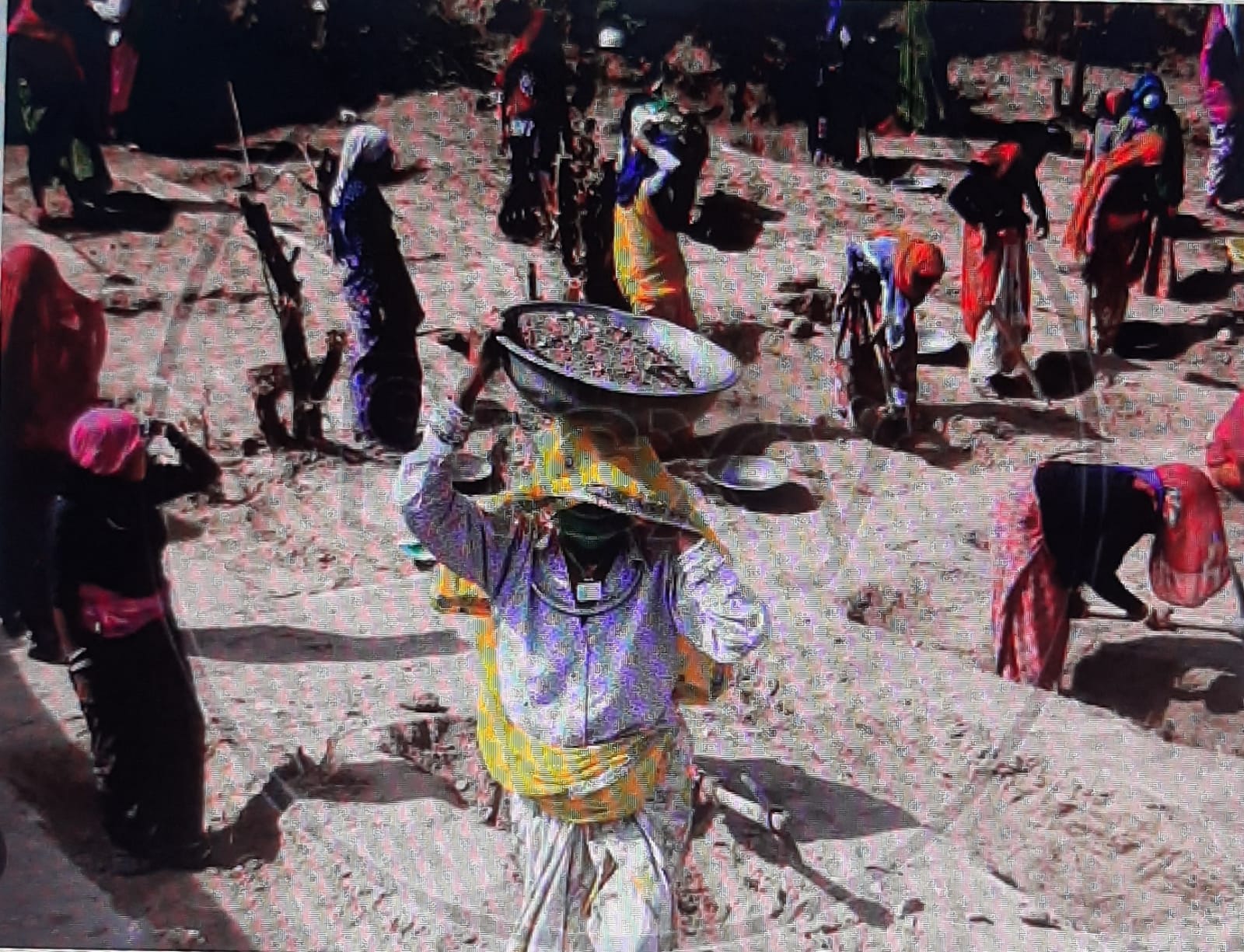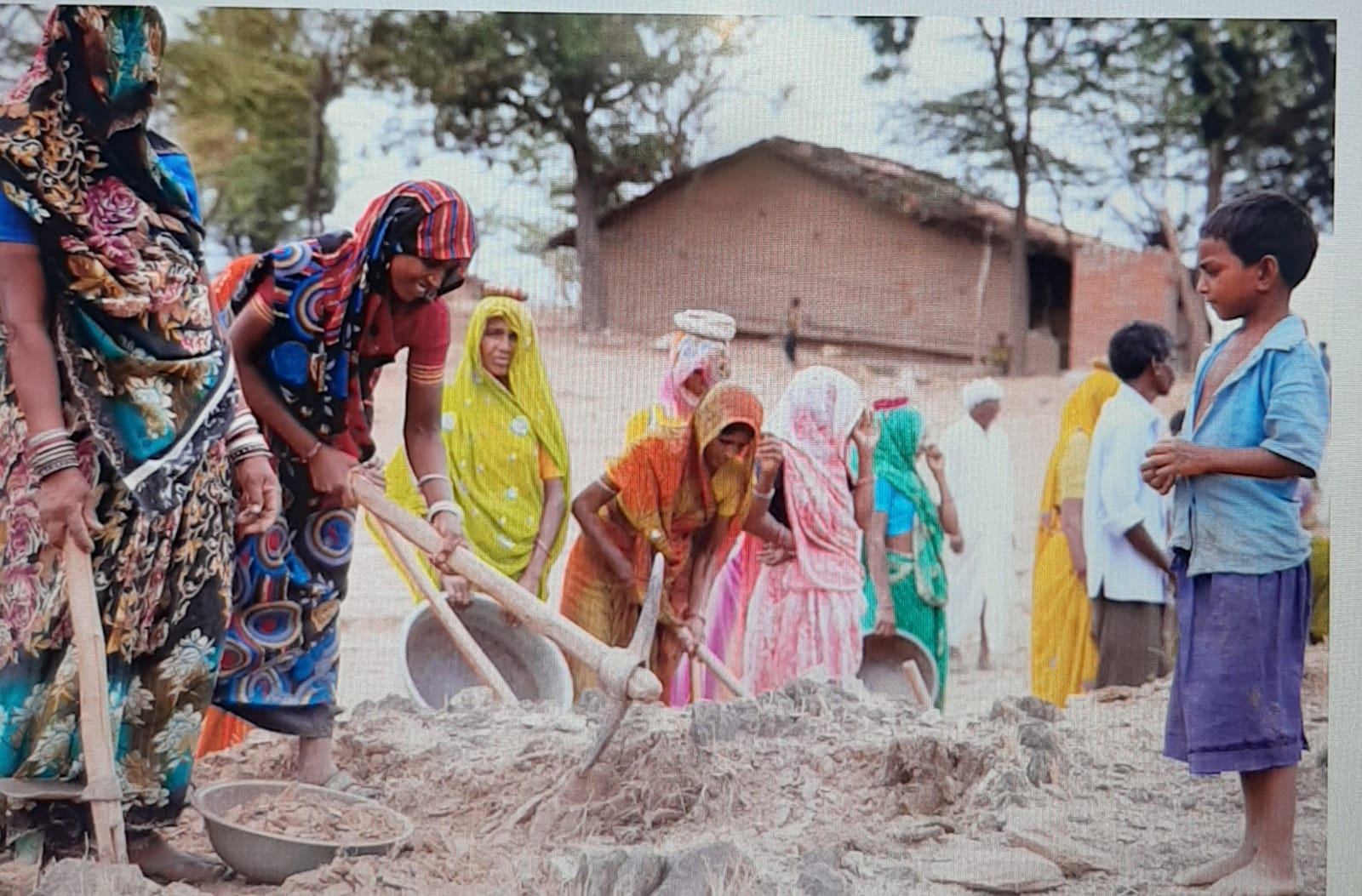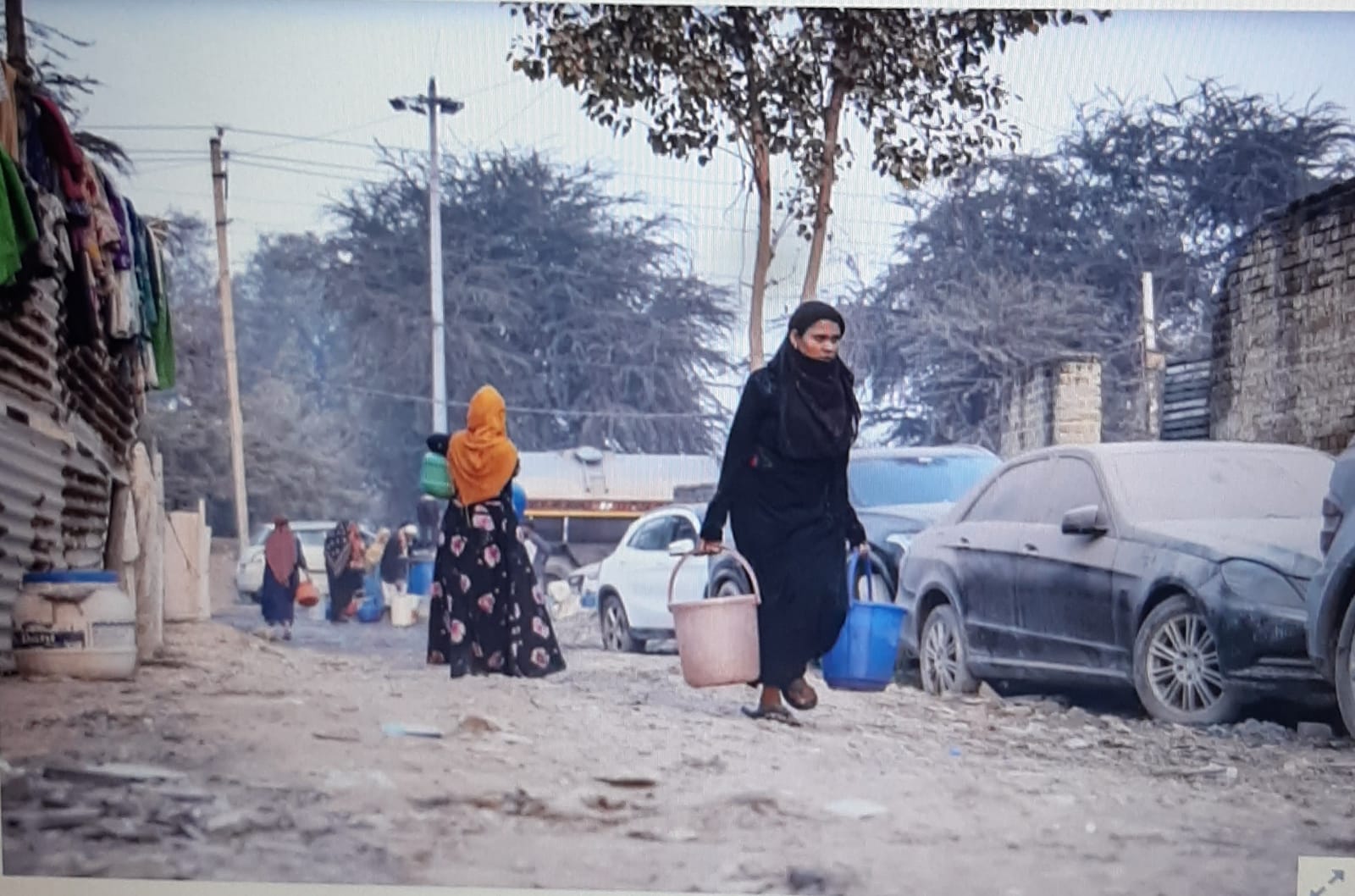
India’s administrative structure led by All India Services such as the Indian Administrative Service (IAS) and the Indian Police Service (IPS) adopted an approach of 5% vs 95%.
VS Pandey
Improving governance and delivery systems have been a challenge for every government across the globe, particularly for democracies, where those who govern have to account for their actions. Countries devoid of democratic systems of governance, normally have no such concerns, their rulers can do as they wish. Consequently, the people suffer but their sufferings are of their own making because of their capitulation before unaccountable rulers. It was different when democratic forms of governance had not taken roots globally. Today’s narrative is different. But why, even in democracies, people are made to suffer poor, corrupt, and unaccountable governance. This issue has been debated for years not only in India but almost in every country. Many commissions and committees were set up by governments to study the problem of poor governance but to no avail. In our country, two administrative reforms commissions were set up, the first one in the year 1966 headed by Morarji Desai and later on by K Hanumanthaiah and the second one in 2005, headed by M Veerappa Moily. They submitted their bulky reports with a series of recommendations to improve governance. Despite all these administrative reforms commissions and various committees set up to curb corruption and improve delivery systems, we rank very low in the list of well-administered nations and rank high amongst corrupt nations.
This is where we stand today despite having one of the best constitutions, a plethora of laws in place and a very independent, constitutionally mandated judicial system. So what went wrong?
Our administrative structure led by All India Services such as the Indian Administrative Service (IAS) and the Indian Police Service (IPS) adopted an approach of 5% vs 95%. It is reasoned that 95% of our issues and problems are “soft” problems that are easy to solve and can be tackled without disturbing the powerful interests and prevailing status quo in society. This 95% were and are the petty problems faced by our population and all the energies of our system are only invested in solving them. In comparison, the remaining 5% problems are the problems, which if corrected, would have not only disturbed the status quo but would have changed the power structures in our society. These problems were never touched and remained unattended for decades.
I got a glimpse of this syndrome right at the beginning of my career when as a young IAS officer, I started enforcing compliance with the law by the power centres in the district as well.
I was promptly summoned by the district magistrate for a reprimand. He started with a bit of “advice” before going into the specifics: That if I want to help the poor and needy, I should focus on 95% of the problems and the people. He said I was moving in the wrong direction by confronting head-on the other 5%.
His “sound advice” for the future, as he described it, was that I should desist from going after the 5%, else I will not be even able to help solve 95% of the problems of the poor and needy because the powerful people will get me thrown out and I will not be able to deliver at all.
This culture of inaction against these “5%” has cost the nation dearly. This is the prevalent administrative culture – of not disturbing the interest of the powerful, how so ever illegal they may be. This syndrome kept creating 95% of the problems for the rest of the population perennially. This kind of advice, by senior government officers, was passed on to generations of young officers and they were moulded and absorbed into the overwhelming breed of “tactful” public servants.
Everyone in the system is trained and advised to be “practical”, “accommodating”, “tactful” and are given pragmatic tips to navigate the serpentine ways of our power structure. Barring a few exceptions, the advice tendered to the bureaucratic machinery is to avoid taking the core problems head-on, lest one gets hurt. The people who create the 5% of the problems continue brazenly because these elements not only have deep pockets but deeper roots: They have their patrons in higher positions in both the political and administrative echelons.
This administrative culture has flourished for decades under political patronage and in full glare. How miserably this administrative culture has failed the nation is clear from the fact that for nearly seven decades, the system has been ignoring the “5% “ core problems on the pretext of working tirelessly to help the “95%” but the system has failed to resolve a single problem for all these years. In fact, the country is still struggling with all or most of the problems faced by our earlier generations with no resolution in sight.
This bureaucratic culture has to change for the better. Political executives and the bureaucracy have to be told to attack the root of the problem in every sphere. Corrections at the periphery have not helped the situation. The time has come to strike at the core issues and resolve them. This has to begin at the top. Corruption is one of the core issues plaguing our nation but there is hardly any sincere effort to eradicate this menace. Only one example will suffice: Stop the all-pervasive corruption in the tax system and tax collections will increase manifold. Eradication of corruption will change the status quo in favour of the common man. That will usher in true “Swaraj“. We have had enough of sloganeering for all these decades, time has come to strike at the core issues. (Courtesy: Hindustan Times)
(VS Pandey is a former IAS officer. He retired as secretary, department of fertilisers in the Government of India)









